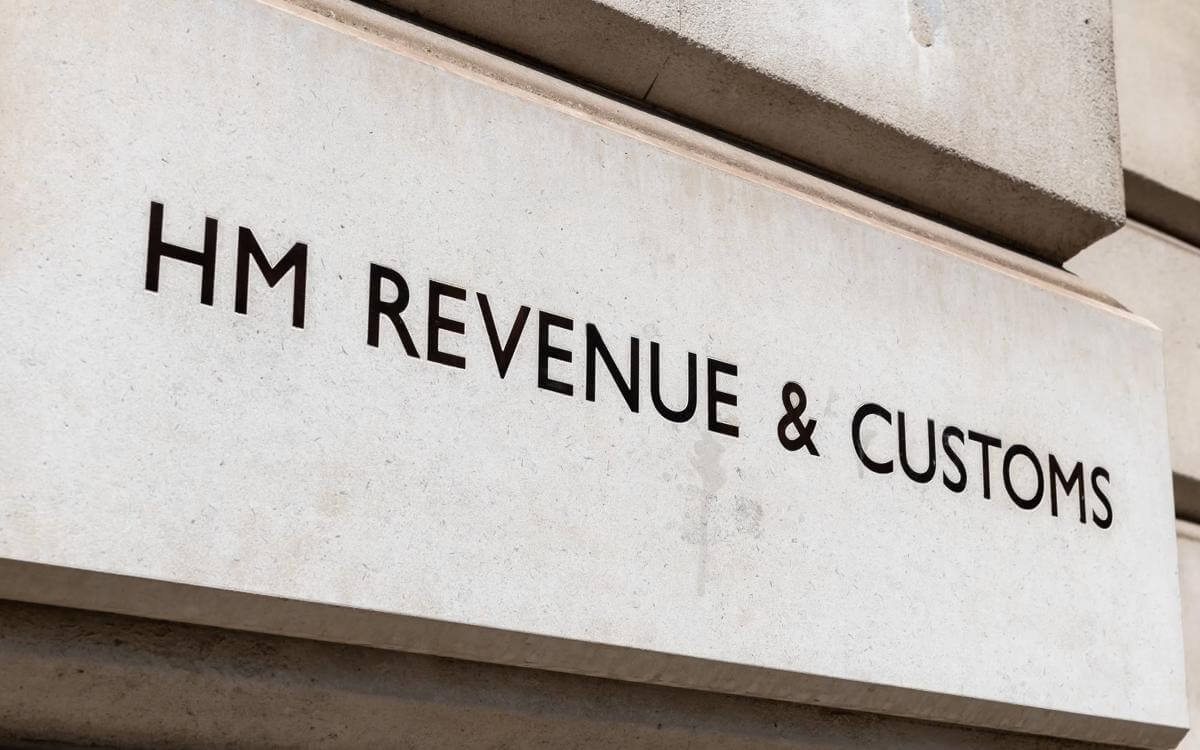Trigger happy when directors’ duties are the target?
In a judgment handed down yesterday the Supreme Court has affirmed that a so called “creditor duty” exists for directors such that in some circumstances company directors are required to act in accordance with, or to consider the interests of creditors. Those circumstances potentially arise when a company is insolvent or where there is a “probability” of an insolvency. We explore below the “trigger” for such a test to apply and its implications.
BTI 2014 LLC v Sequana SA and Others [2022] UKSC 25
In a judgment handed down yesterday the Supreme Court has affirmed that a so called “creditor duty” exists for directors such that in some circumstances company directors are required to act in accordance with, or to consider the interests of creditors. Those circumstances potentially arise when a company is insolvent or where there is a “probability” of an insolvency. We explore below the “trigger” for such a test to apply and its implications.
The Background
Sequana was the parent company of Arjo Wiggins Appleton Ltd (“AWA”). In 2009 AWA’s directors authorised it to pay to Sequana (the only shareholder) a substantial dividend of €135 million.
When the payment was made AWA had ceased its trading activity and it was balance sheet and commercially (cash flow) solvent. However, it had one major contingent liability (clean-up costs and damages for river pollution in the USA), the size of which was uncertain.
Nearly 10 years later AWA went into administration and its creditors alleged that the payment of the dividend had resulted in AWA having insufficient funds to pay the contingent liability. Later the claims were assigned to BTI 2014 LLC (“BTI”).
One of the key issues for the court was: Did the directors’ decision to pay the dividend amount to a breach of their fiduciary duties (under s.172 Companies Act 2006) and were the directors obliged to take account of the creditors’ interests?
At first instance, the trial judge determined that the directors had not breached their duties by making the dividend payment.
The Court of Appeal
On appeal BTI contended that the directors owed a duty to consider the interests of creditors where a proposal (here the dividend) involves a “real as opposed to remote” risk of insolvency.
The Court of Appeal wrestled with the formulation of the trigger for when a director’s duty to consider the interest of creditors should arise; the early trigger proposed by BTI was rejected in favour of a more stringent test;
“…the duty arises when the directors know or should know that the company is or is likely to become insolvent…In this context “likely” means probable, not some lower test…”.
Adopting this analysis, the Court of Appeal determined the directors did not or should not have known that AWA was likely to become insolvent when the dividend was paid.
The Supreme Court
BTI’s appeal to the Supreme Court has also been dismissed.
The Supreme Court reiterates that directors’ duties are primarily to the company (not to creditors). However, in certain circumstances that duty is extended such that the company’s interests include the interests of creditors; this was given the label “creditor duty”.
It is not a free-standing directors’ duty to creditors but reflects that where a company is insolvent, or nearing insolvency, the economic interest of creditors increases and should be considered. Moreover, such a creditor duty can apply to a decision by directors that would be otherwise lawful.
What triggers the engagement of a creditor duty? The majority of the Supreme Court describes that in these terms:
“…a formulation in which either imminent insolvency (i.e. an insolvency which directors know or ought to know is just round the corner and going to happen) or the probability of an insolvent liquidation (or administration) about which the directors know or ought to know, are sufficient triggers for the engagement of the creditor duty…”
At the time of the dividend payment AWA was not actually or imminently insolvent. Indeed, insolvency was not even probable and so the directors were not in breach of duty. Indeed whatever the test the court was in agreement that there was no breach of creditor duty here; the Court wholeheartedly rejected BTI’s argument that the duty was engaged merely because the company was at a real, rather than remote, risk of insolvency.
What are the implications of this?
The history of this action shows how belligerent BTI was in seeking a judgment against AWA’s directors personally notwithstanding that it had judgment against Sequana based on its other s.423 Insolvency Act 1986 claim; the indication is Sequana had failed to pay. This has led to a Supreme Court judgment which means that the creditor duty on directors is here to stay and, when merited by the landscape on company insolvency, directors will have to consider the interests of creditors as an important aspect of their decision making. That said, the Supreme Court rejected BTI’s arguments for a wider scope of that duty, which is welcome news for directors and their insurers alike.
On a practical level, in the event that the trigger indicated by the majority of Supreme Court is applicable there will inevitably remain uncertainties surrounding (a) when (as a matter of fact) it was “probable” that a company would become insolvent and (b) at what point the directors ought to have known that. Neither appeal court gave percentages but generally “probable” is interpreted as being a 51% likelihood, which if applicable may well be difficult to determine in borderline cases.
The possibility that a dividend payment may technically be lawful but still amount to a breach of directors’ duty is a troubling prospect. Directors need to be mindful that the greater a company’s financial difficulties, the more they should be cautious about the interests of creditors. It is crucial to be fully informed on the company’s financial position especially as the journey to insolvency is often not linear; even more so given the current economic turbulence.
Directors should seek professional guidance to help them navigate such scenarios. If claims are brought against directors for breach of the ‘creditor duty’ despite professional advice having been taken on the question of the solvency of the company there is clearly the potential for symbiotic claims by directors against lawyers, accountants and/or auditors; we will be keeping a close eye on any such developments.
Co-authored by Marlene Henderson and Danielle De Val.
For further comment and discussion of the implications of the judgment from our Restructuring and Insolvency team, please click here.










































